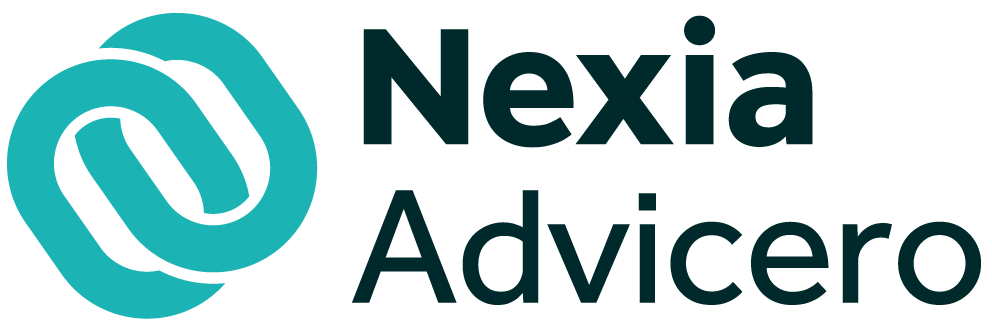Due to the amendment of the Renewable Energy Sources Act, the billing rules for prosumers generating electricity in micro-installations have changed from 1 April 2022. The changes apply to new prosumers who have notified the Distribution Network Operator (OSD) after 31 March 2022. The reasons for the changes to the current system include EU requirements – Directive (EU) 2019/944 of the European Parliament and of the Council of 5 June 2019 on common rules for the internal market in electricity and the RED II Directive.
What rules have applied so far?
Prior to 1 April 2022, prosumers billed the energy they consumed and transmitted to the grid on a so-called net-metering basis, also known as a discount system or balance billing. Prosumers who do not use all the energy they produce transfer the excess to the grid, where it can be stored for 365 days. For every 1 kWh transferred to the grid, the prosumer can collect:
- 0.8 kWh – for micro-installations whose capacity does not exceed 10kW,
- 0.7 kWh – for installations with a higher power output.
The prosumer using net metering does not incur energy transmission costs (variable transmission charge). Thanks to this system, it is possible to compensate for the increasing costs of energy purchase with savings resulting from the transfer of surplus energy and, as a result, reduce bills to fixed charges only or excess of energy taken over billed, if such a situation arises. Entities that have applied to the OSD by 31 March 2022 will be able to benefit from net-metering for 15 more years. However, this system, which is not entirely equal for prosumers (20-30% of the energy fed back into the grid is the profit of the consumer of that energy), has been converted into rules even less favourable for prosumers.
What changes have been introduced by the amendment to the Act?
As of 1 April 2022, prosumers are subject to a new billing system – net billing. The method still has a balancing character, but the value of energy given and taken will be billed, and not, as before, its quantity. Additionally, the details of this settlement are important. The selling price of energy input to the net is the monthly rate of the Market Energy Price. The value of energy withdrawn will be increased by a fixed transmission charge and a variable transmission charge. On the other hand, transmitted energy will be settled based on exchange rates from the so-called Day-Ahead Market (RDN). This means that the price at which we buy energy will be significantly higher than the price at which we sell it.
The Ministry has envisaged implementing the changes according to the following schedule:
- until 30 June 2022, all prosumers, including those connected to the grid after 1 April 2022, will settle on a net-metering basis
- from 1 July 2022 to 30 June 2024, prices for surplus energy settled on a net-metering basis are based on the previous month’s average prices from the RDN
- from July 2024, prices for excess energy settled on a net-billing basis are based on hourly prices from the RDN
The amendment also introduced the concept of a prosumer deposit, which represents the value of funds due to the prosumer for surplus energy transferred and can be used to purchase energy in the event of a shortfall. If the funds are not used for 12 months from the date of allocation, the prosumer will be paid 20% of their value.
Impact of the changes
The changes introduced do not involve new formal requirements or record-keeping obligations. However, the new system will affect the profitability of OZE (renewable energy sources) investments. The payback time of the investment may increase, but due to rising energy prices, obtaining energy from OZE will still be profitable compared to standard and unfortunately increasing electricity bills.

